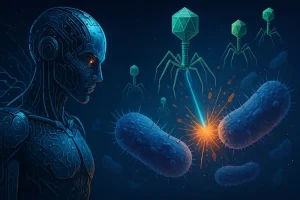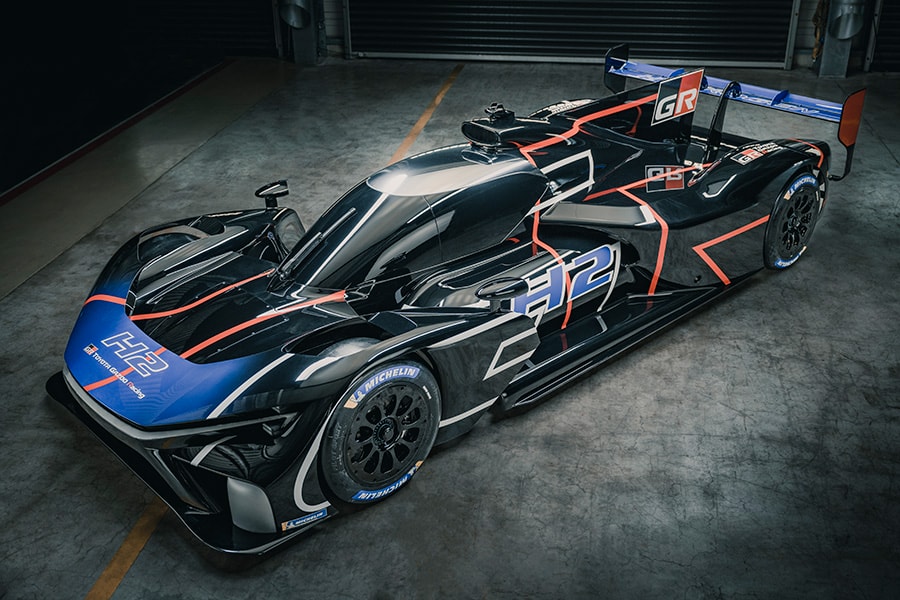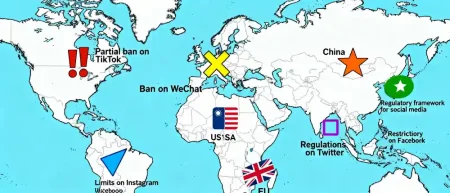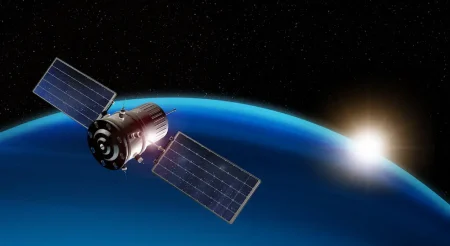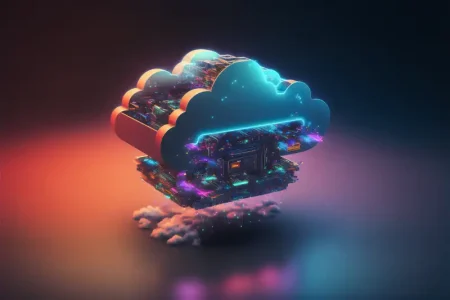With the liquid Hydrogen engine being called a “great success,” Toyota has continued investing in the research and development of H2 fueled engines and announced a major breakthrough last month.
In an interesting development, it looks like the world’s largest automaker firmly believes that Hydrogen is the future of the automobile industry, not electric vehicles. While Toyota isn’t by any means shutting down their EV operations, they’re cutting back production by about 30% due to low demand while doubling down on their hydrogen fuel projects.
In fact, Toyota already has a hydrogen fuel cell vehicle (FCV) that’s currently in its second generation and is available for sale in Japan, the United States, and a number of European countries. Like an EV, the car has an electric motor but that’s where the similarities end. The Toyota Mirai’s electric motor is powered by a fuel cell instead of a battery.
Liquid Hydrogen
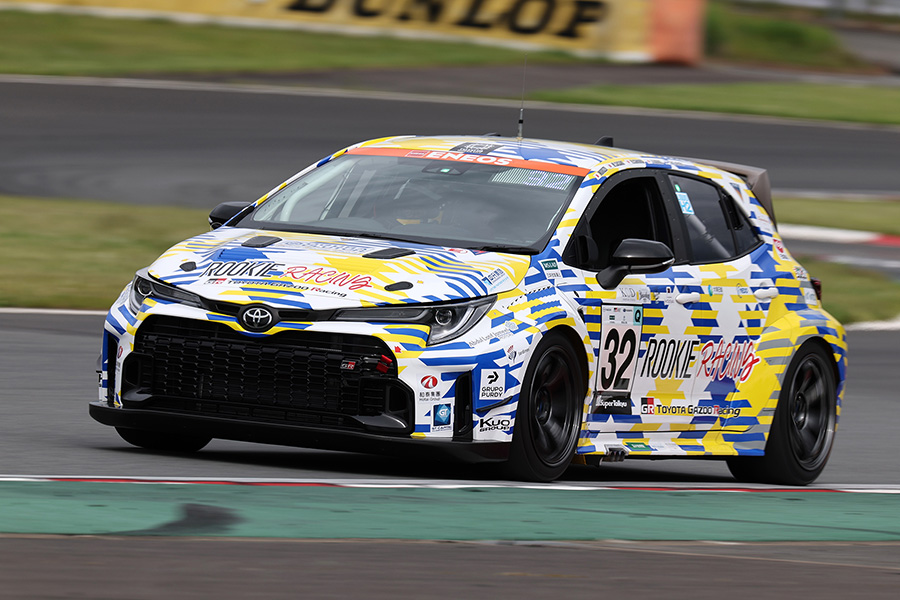
The fuel cell uses compressed Hydrogen gas from the car’s tank and mixes it with Oxygen from the air to create electricity and water. After a long drive, you can hit a switch near the glove compartment that says “H2O” to release the water which is the only emission in this green vehicle. So while the Toyota Mirai is without a doubt, a great car, many customers have reported the refueling process to be pretty much a nightmare.
So much so that some Toyota Mirai owners have gotten together and sued Toyota for misleading them about how easy it would be to refuel these cars. In California, where the lawsuit has been filed, most Mirai owners report that the Hydrogen fuel pumps listed are either not operational, under maintenance or like in the case of Shell, have shut shop.
Toyota is aware of the problems related to hydrogen fuel pumps and have still not given up on H2 cars. Earlier this year in May, Toyota revealed a liquid Hydrogen fueled engine in a race car that completed a 24 hour endurance race on schedule. Liquid Hydrogen has a number of advantages over compressed Hydrogen gas, most important of which is the fact that it can be stored at room temperature and pressure.
With the engine being called a “great success,” Toyota has continued investing in the research and development of H2 fueled engines and announced a major breakthrough last month. While one of the main issues with H2 fueled cars is efficiency with the rising cost of Hydrogen, Toyota claims to have figured out a way to re-use the “boil-off” Hydrogen that gets wasted.
Capturing the “Boil-Off”
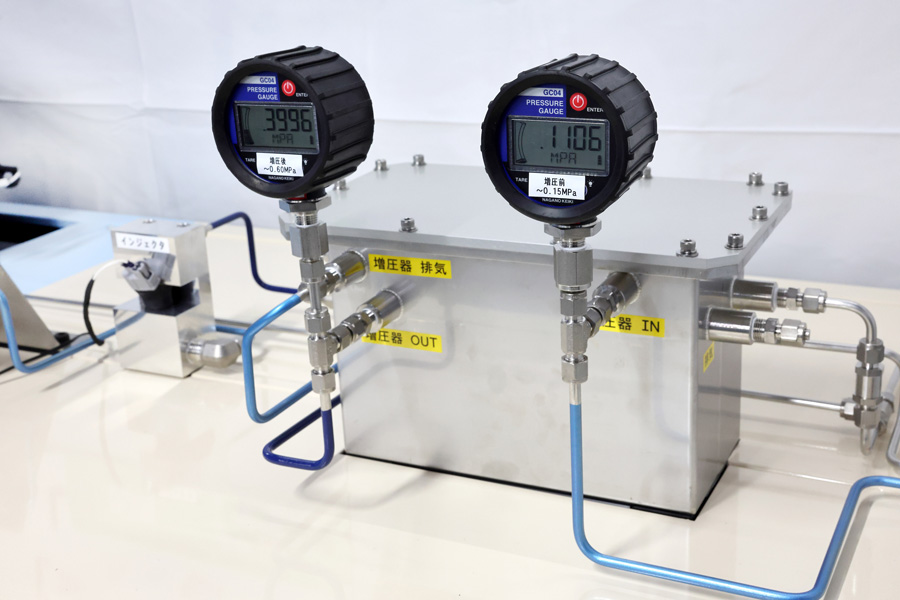
Now one of the biggest issues with the efficiency of liquid Hydrogen engines is the fact that liquid hydrogen, while denser than compressed Hydrogen gas, evaporates directly from the tank due to natural heating from the outside. This evaporated Hydrogen gas is referred to as the “boil-off” and is a known problem with liquid H2 engines. Up until now, this extra gas was just released into the atmosphere directly from the tank.
Along with the announcement that their #32 ORC ROOKIE GR Corolla H2 Concept, a hydrogen-powered GR Corolla running on liquid hydrogen would compete in the ENEOS Super Taikyu Series 2024 Empowered by BRIDGESTONE Round 7 Super Taikyu Final Fuji, Toyota also demonstrated a concept to solve the boil-off problem.
An interesting point to note here is that unlike the Toyota Mirai that uses a Hydrogen Fuel Cell to power an electric motor, both the GR Corolla H2 and the Toyota GR H2 Racing Concept feature an internal combustion engine (ICE). That’s right, they function like regular ICEs and use reciprocating pumps to send Hydrogen gas from the fuel tanks to the engines for combustion. Getting back to the boil-off problem, Toyota have demonstrated a scaled down prototype model that salvages this boil-off H2 gas and then recycles it either to the fuel cell like in the case of the Toyota Mirai, or to the ICE like the Toyota GR H2 Racing Concept or the GE Corolla H2 used in the race.
To combat the problem of a lack of Hydrogen filling stations, Toyota has even come up with Hydrogen capsules that are about 16 inches long and 7 inches wide that can be used in Fuel Cell Vehicles.
Green Fuels of the future

While a lot of people have bought into the narrative that electric vehicles are the future of the automobile industry, it’s good to have alternative eco-friendly options, especially from the world’s largest and most reliable automaker. The fact that electric vehicles are often charged with electricity produced from coal, diesel, and other fossil fuels has been a major talking point, not to mention the chemical processes involved in building lithium batteries that will one day go into a landfill and pollute the Earth.
While zero emissions are great, for a car to be truly eco-friendly, the manufacturing process as well as the supply chain need to be taken into consideration. If your car has zero emissions but is made with cobalt that is being mined by people under inhuman conditions, you need to re-think your definition of the term “green” or eco-friendly.
In case you missed:
- The Sodium-Ion Breakthrough That Could Unplug Lithium’s Reign
- Malware with AI-Powered Code Mutations: Google Sounds the Alarm!
- AI in 2025: The Year Machines Got a Little Too Smart (But Not Smart Enough)
- NVIDIA’s Isaac GR00T N1: From Lab Prototype to Real-World Robot Brain
- Netflix replaces its game developers with AI
- Could Contact Lenses be the Key to Fully Wearable BCIs?
- China Builds World’s Largest Neuromorphic Supercomputer: Darwin Monkey
- Training AI for Pennies on the Dollar: Are DeepSeek’s Costs Being Undersold?
- NVIDIA just dropped “ACE” at CES 2025: Truly intelligent NPCs coming soon!
- China launches world’s first AI-powered underwater data centre!


